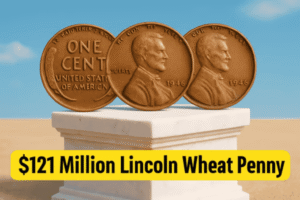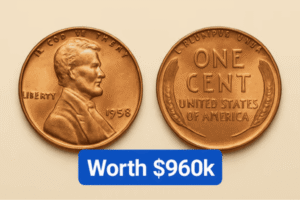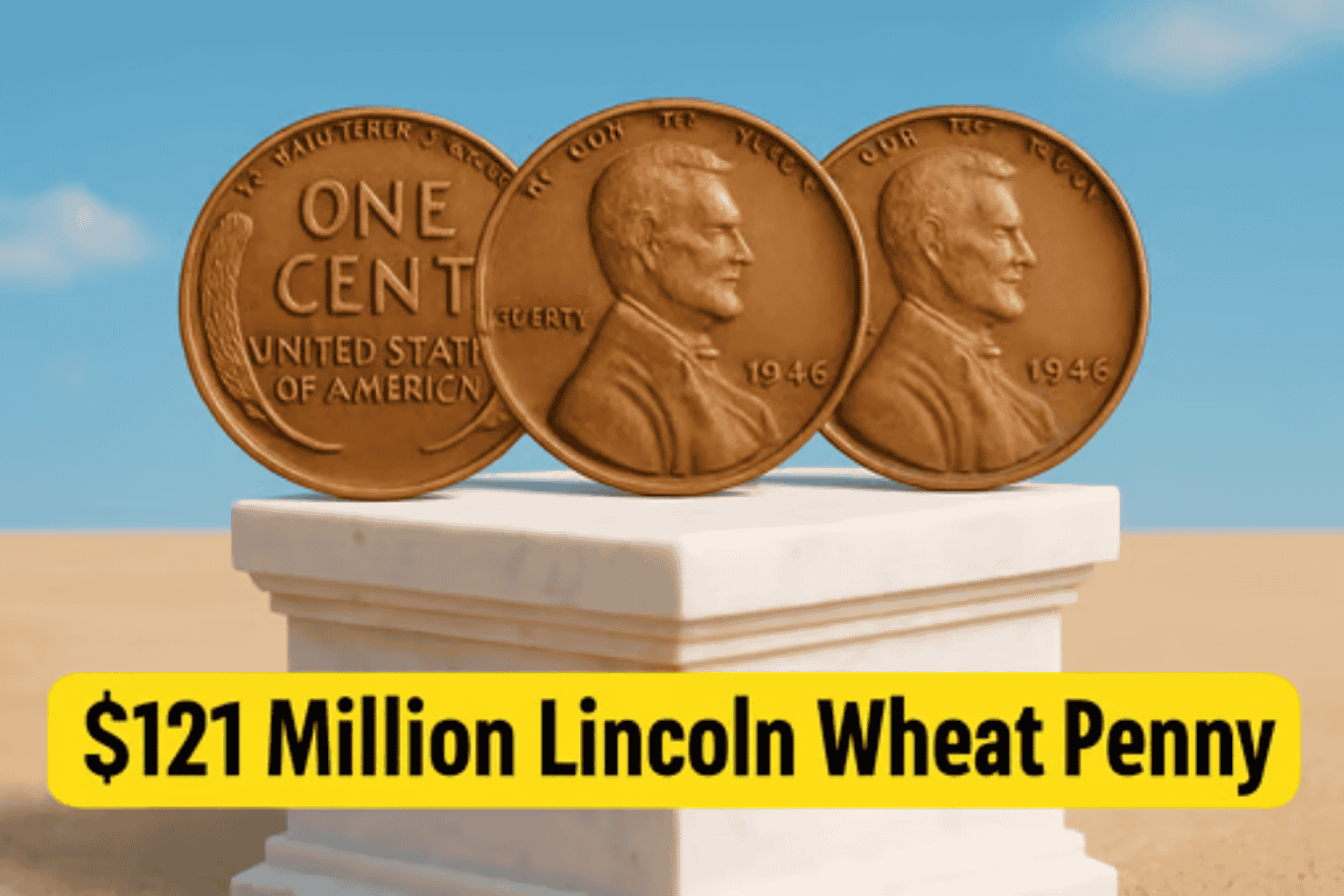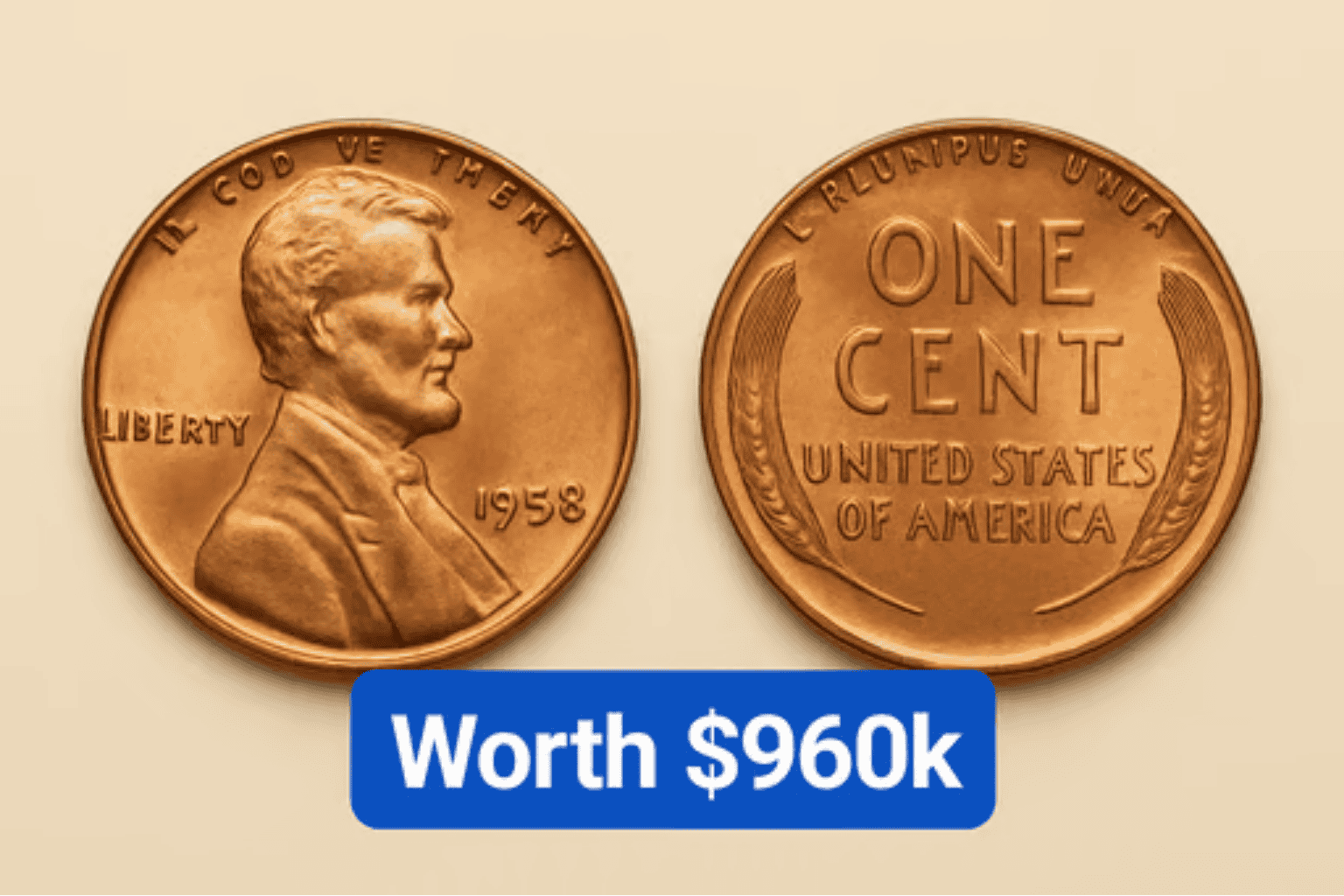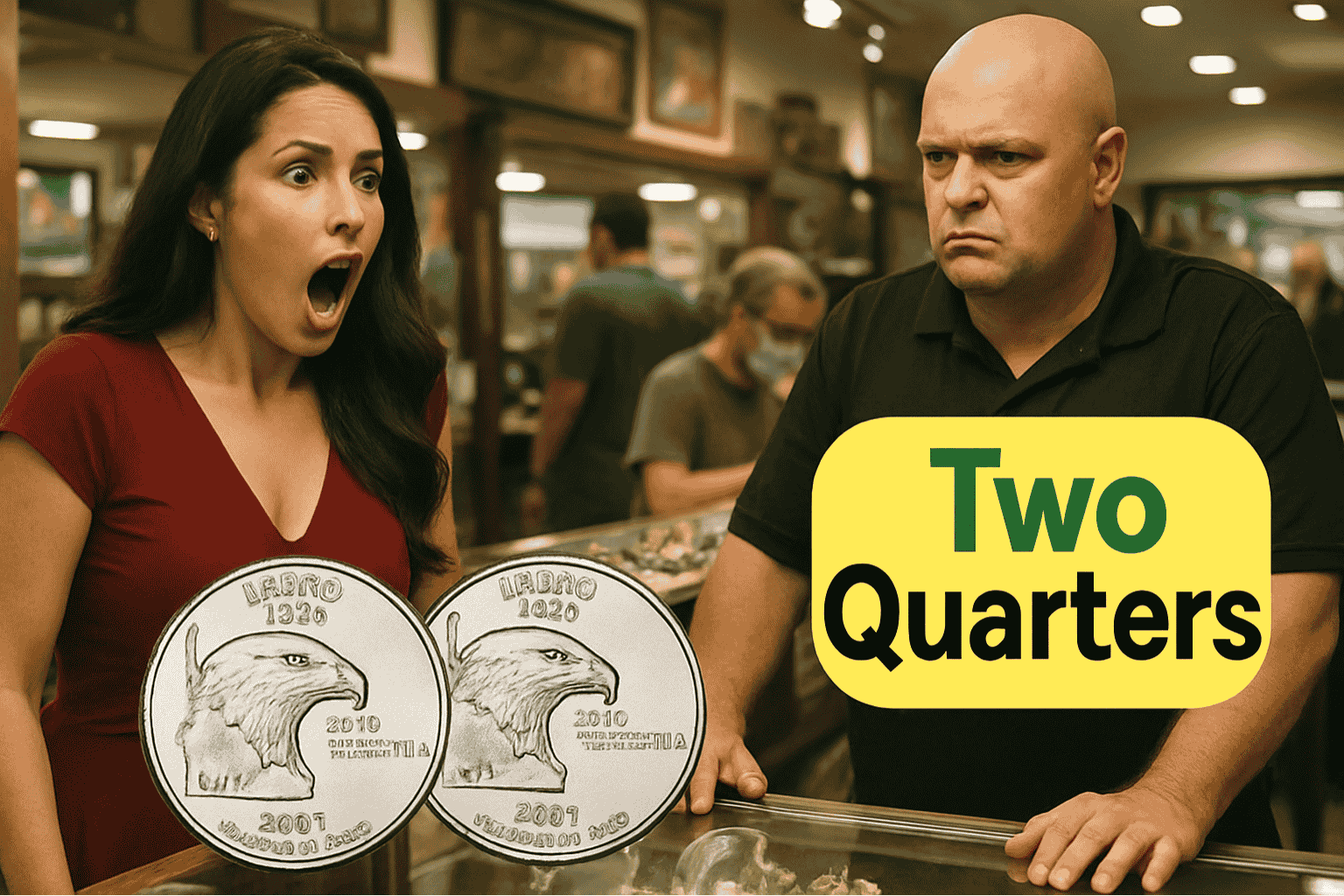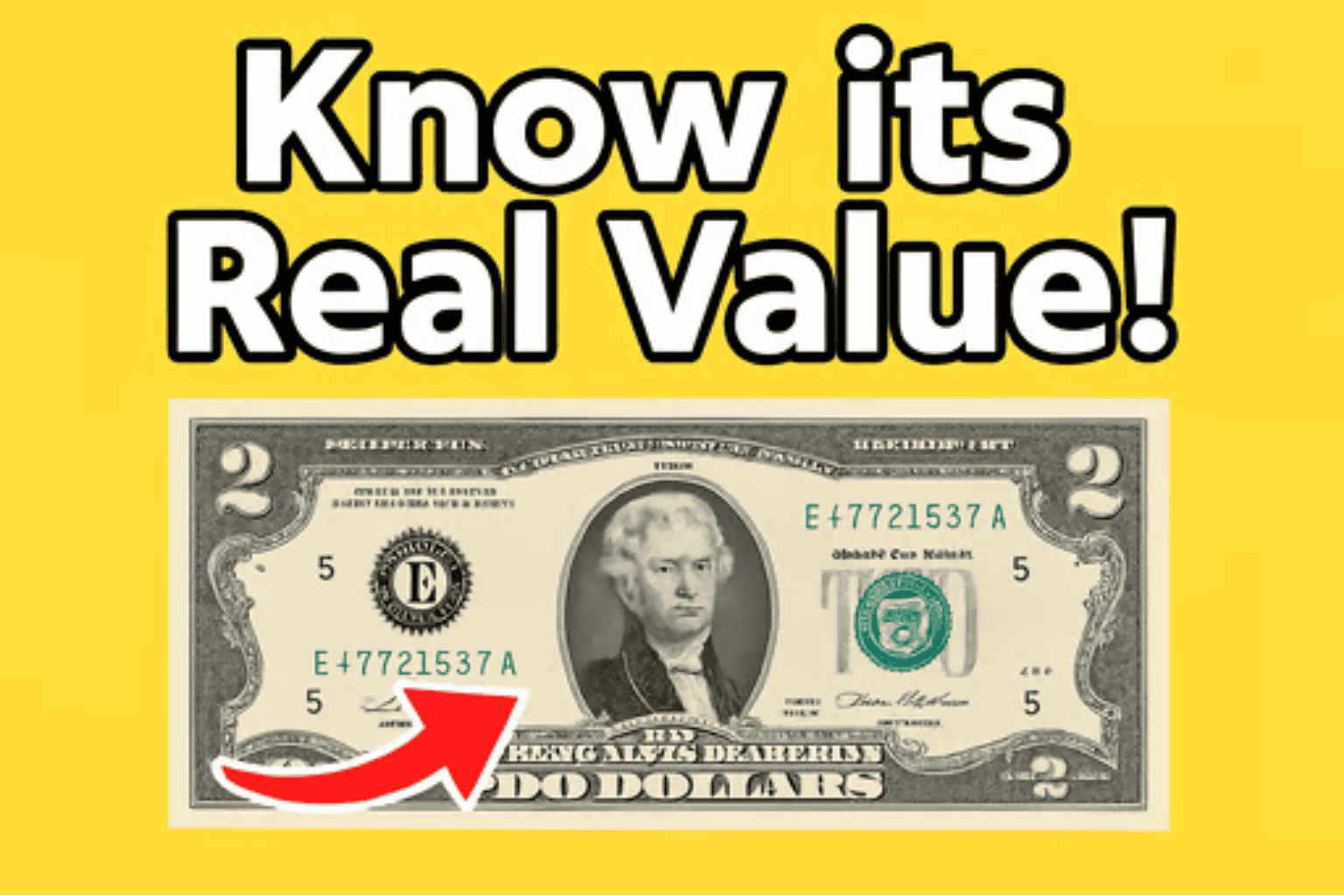Let’s be real—if you spot a penny on the ground today, chances are you’ll walk right past it. Most of us do. They’re just… there. Like sidewalk confetti. Too common to matter. But every once in a while, one of those dusty little coins turns out to be worth more than your car. Maybe even your house. That’s not a joke. It’s the weirdly true story behind one of America’s most surprising collectibles: the Lincoln Wheat Penny.
Where It All Started: A Cent With a Statement
Back in 1909, the U.S. Mint made a bold move. For the first time ever, they stuck a real human face on a coin—Abraham Lincoln, to be exact—in honor of his 100th birthday. Until then, coins had featured things like Lady Liberty or some vague Greco-Roman figure that looked like they’d walked off a toga party. But Lincoln? That was a shift. The reverse side of the penny carried two wheat stalks arching around the denomination—simple, wholesome, and unapologetically American. It screamed, “We grow stuff. We work hard.” That Wheat Penny design stayed in rotation until 1958, after which the Lincoln Memorial design took over (aka, the boring one everyone forgets exists).
So Why Are Some Pennies Worth, Like, Six Figures?
Most Lincoln Wheat Pennies? They’re not rare. A few cents here, maybe a dollar or two if it’s in freakishly good shape. But then there are the outliers—the mistakes, the misprints, the “oops” moments in Mint history that turn into collector gold. These are the coins you dream of finding in a jar of junk change. And at the top of that dream pile? The 1943 copper Wheat Penny.
The Penny That Shouldn’t Exist—But Sold for $960,000
Here’s where history does something funky. In 1943, America was neck-deep in World War II. Copper was too valuable to waste on pennies—it was going into bullets, wiring, military stuff. So the Mint temporarily made pennies out of zinc-coated steel. Shiny silver ones. They rusted like crazy, but hey, priorities.
But somehow, a few copper blanks from 1942 were left behind and accidentally used in 1943 penny production. Just a handful of those rogue coins exist. And they are wildly valuable. One sold at auction for a jaw-dropping $960,000. Yeah. A penny. Nearly a million bucks.
And here’s the twist that keeps treasure hunters up at night: a few of these copper 1943s are still floating around. Some have shown up in jars of old change, others in pocket collections passed down from Grandpa. One was literally found in a kid’s lunch money.
How to Spot a Jackpot Penny (Without a Magnifying Glass)
If you’re staring at that crusty coin pile right now, here’s a cheat sheet for what to look for:
| What to Check | Why It Matters | Value Potential |
|---|---|---|
| Year: 1943 | Copper versions from this year are errors | Up to $960,000 |
| Magnet Test | Steel sticks, copper doesn’t | If it doesn’t stick, $$$ |
| Mint Mark | Look under the year for “S” (San Fran) or “D” (Denver) | Certain combos are rare |
| Condition | Uncirculated = worth way more | From a few bucks to thousands |
| 1909-S VDB | First edition with rare designer initials | $600 to $3,000+ |
Pro tip: don’t clean the coin. Seriously. That greenish crust or weird discoloration? Collectors love that. Scrubbing it down is like repainting a vintage car—it kills the value.
These Finds Are Real, Not Just Internet Rumors
Think this is just urban legend territory? Nah. People have found these coins in the wild. One middle-schooler sold a 1943 copper penny for $40,000 after spotting it in his change. Others have turned up in estate sales, old cigar boxes, and even Coinstar machines (yep, the reject tray). The treasure’s real. It’s just hiding in plain sight.
Why This Tiny Coin Still Matters
There’s something kinda poetic about the whole thing. A beat-up little coin, forgotten in someone’s junk drawer for decades, suddenly changing a family’s life. It’s not just about the money (okay, it’s mostly about the money), but it’s also about the story. The history. The fact that something so small and ordinary can secretly be extraordinary.
Lincoln Wheat Pennies are a perfect entry point into coin collecting. They’re not ancient Roman relics. They’re not behind glass in a museum. They’re in our homes, our pockets, our change trays. And whether or not you find a six-figure one, they make you look at money differently. Slower. Smarter. With curiosity.
FAQs
What years were Lincoln Wheat Pennies made?
From 1909 to 1958. After that, they switched to the Lincoln Memorial design.
What’s the rarest Wheat Penny?
The 1943 copper penny is the Holy Grail. One sold for $960,000. But the 1909-S VDB is also highly sought after.
Can I find valuable Wheat Pennies in circulation?
It’s rare, but it happens. Garage sales, old jars, and even pocket change have produced jackpot finds.


